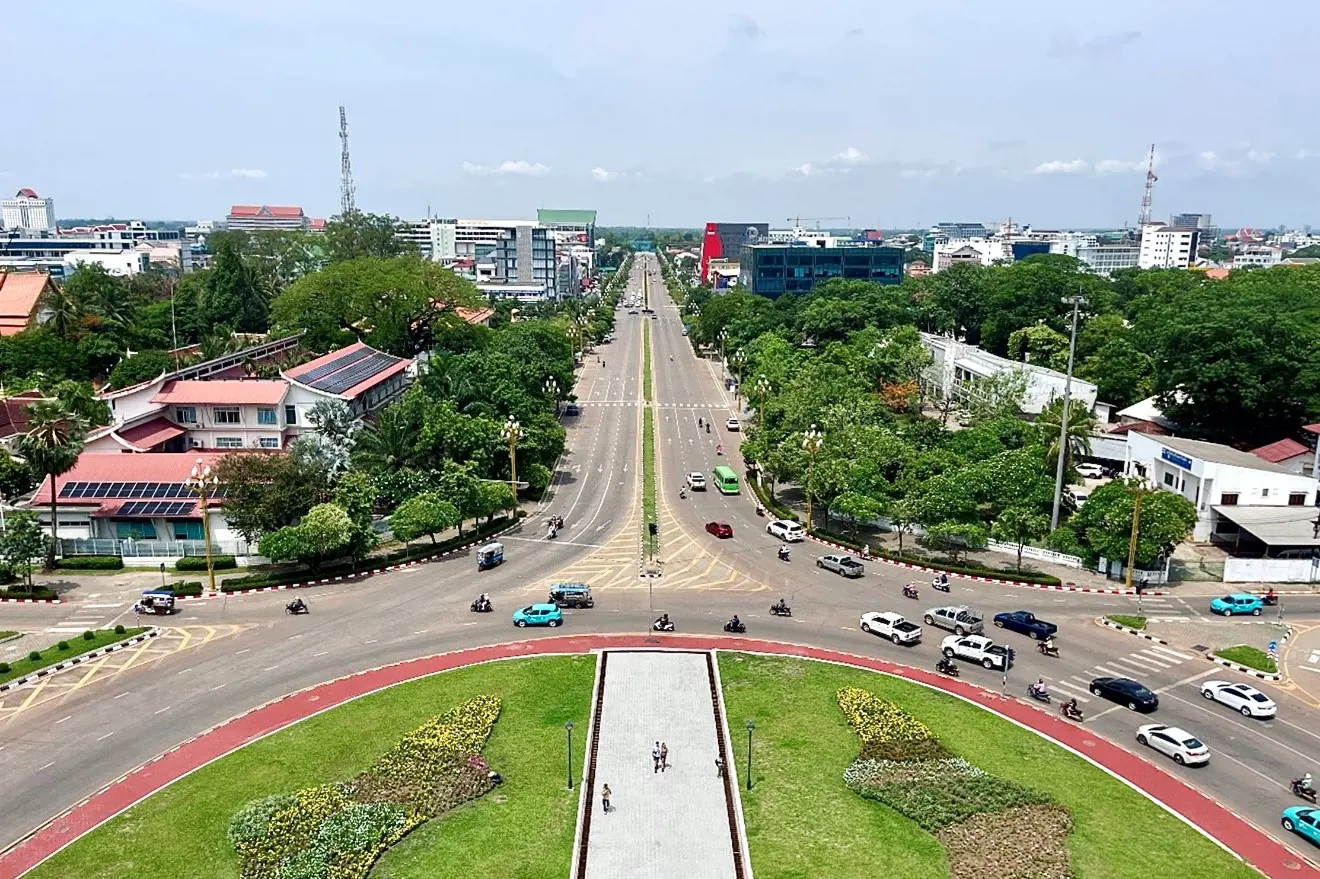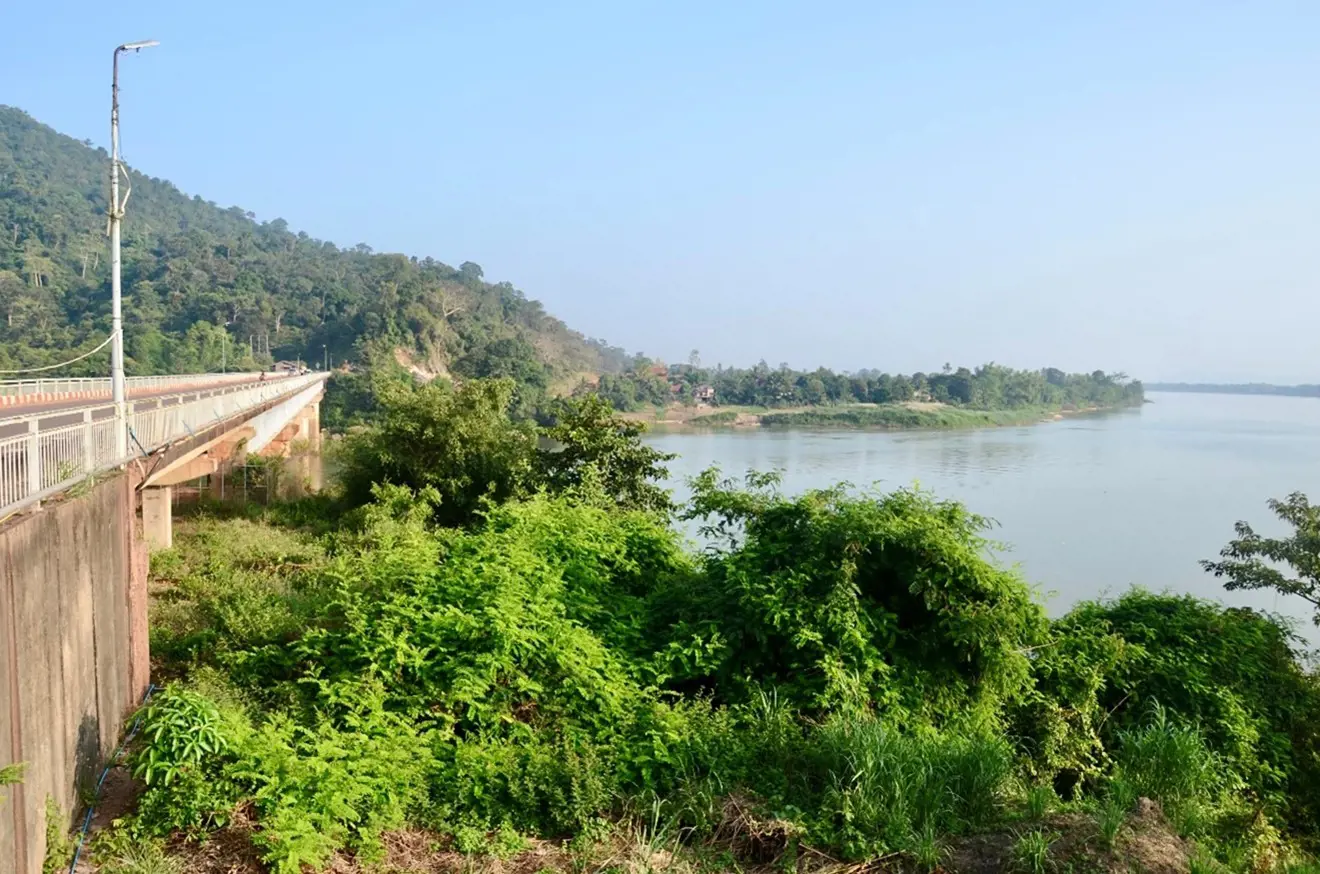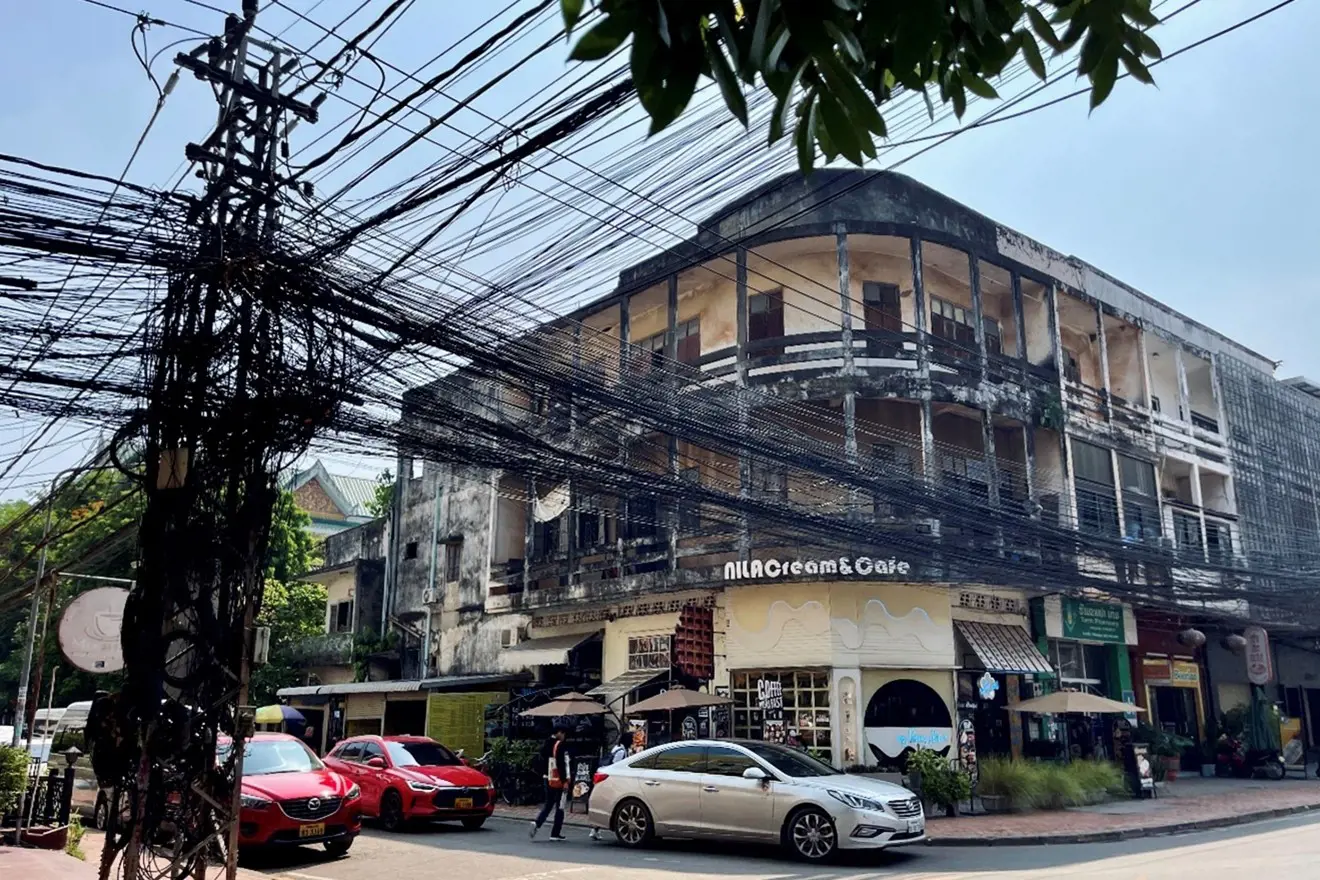As an important neighbour of China, Laos has long maintained good political and economic relations with China, and China’s investment and technological input in the mining industry has been an important driving factor for mining development in Laos. As one of the world’s largest consumers, China has a huge demand for various mineral resources, and Laos, rich in tin, gold, copper, potassium salts, and rare earth elements, can provide a stable supply.
However, due to historical and other factors, the overall mining industry in Laos is still relatively undeveloped, and there are many mineral resources and high quality projects that have yet to be explored. Projects that have been developed still face limitations related to technology, infrastructure, environmental protection, community, or taxation, resulting in delays and, at times, even project failure.
This article will interpret the opportunities and possible risks of mining development in Laos.
Opportunities for the mining industry in Laos
Laos boasts a diverse range of mineral resources, with more than 20 resource types being discovered so far, including gold, copper, tin, iron, coal, and potash, all of which are industrially mined. With the rise in commodity prices, Laos has also seen a boom in the development of rare earth elements and bauxite in recent years. As the main investor in, and importer of, mineral products from Laos, China plays a large role in its mineral development. With the 2021 opening of the China – Laos Railway, the transportation costs for exporting the main mineral products from Laos to China (such as iron ore and zinc concentrate) have been greatly reduced. Moreover, some exciting new mines may be expected due to sustainable exploration investment.
In recent years, the Lao government has introduced several favourable investment policies and tax conditions to attract foreign investment. The Lao government has revised the existing Law on the Promotion of Foreign Investment to increase the transparency of foreign investment and provide tax deductions for foreign investors. In principle, foreign companies can invest in any industry in Laos except for areas that the government believes may harm national security, national traditions, and/or the natural environment. Currently, the Lao government divides foreign investment into three major categories: concession, general business, and investment activities related to the development of specific economic zones. Mining investment falls under the concession category, mainly approved and licensed by the Ministry of Energy and Mines (MEM), while the Ministry of Natural Resources and Environment (MONRE) is primarily responsible for reviewing environmental and social impact assessments of investment projects, and supervising and managing the resettlement, relocation, and compensation of residents related to project development.
The Mekong River provides Laos with rich hydropower resources. Laos has been exporting electricity to countries such as Thailand, Vietnam and Cambodia for several years. As a crucial aspect of mining project development, the distribution and assurance of electricity are natural advantages that Laos possesses.
According to statistics released by the World Bank in 2024, the average monthly wage in Laos is approximately US$150, ranking the lowest among all Southeast Asian countries. Compared to other industries, the income of local employees in mining companies in Laos is relatively high, making the mining industry an increasingly attractive choice for the working-age labour force.
As Laos still has abundant mining resources and the Lao government is highly motivated to promote international investment in mining, there are significant opportunities for foreign investors.
No opportunity without risk
Although Laos has intensified its legislative work in recent years to gradually align with international standards, and its laws and regulations related to mining investment and mine development are almost complete, there are still issues with the implementation of these laws. Using the law to protect investment is an urgent issue for mining companies and investors. Fortunately, a number of Chinese and international law firms have successively established offices in Laos since 2019, providing strong legal assistance for mining companies and investors.
Despite its developed agriculture and natural resources industries, the national economy and industrial characteristics of Laos mean that most of its production and living materials, as well as consumables, rely on imports. The combined costs of importing raw materials and transporting those materials also results in relatively high end-use costs. During the exploration, construction and production phases of mining projects, certain capital expenditure items are higher than those in developed countries, necessitating more detailed research and calculations during the budgeting and technical study stages.
High domestic logistics costs may also be a material issue for the mining industry. If a project is located in a remote mountainous area, the mining company will need to establish its own transmission lines, which will subsequently increase the construction period and budget.
According to statistics from the Ministry of Labor and Social Welfare, the total labour force population is 2.5 million (out of a total population of 7 million), with more than 50% of the labour force engaged in agriculture. Additionally, many Lao labourers work in Thailand for higher incomes. Therefore, the local labour force available to mining companies in Laos is limited. Given the statutory holidays in Laos, companies need to consider the possibility of delayed delivery for project phases with tight construction schedules and high work intensity.
Conclusion
As global trends in mineral resource development evolve, Laos, with its abundant resources, has garnered significant attention for its mining investment potential. The country is rich in minerals such as tin, gold, copper, and potash, making it an attractive destination for both domestic and international investors.
However, investing in the mining sector comes with several challenges. The foremost is policy risk. Although the Lao government has introduced a range of incentives to attract foreign investment, these policies may shift due to political or economic changes. Market risk is another concern, as global fluctuations in mineral prices can impact investment returns. Additionally, inadequate infrastructure and skill shortages present challenges to the mining industry’s growth.
To mitigate risks and capitalise on opportunities, investors should thoroughly research mining policies and understand relevant regulations and tax incentives in Laos. Potential investors should also monitor global mineral market dynamics to accurately anticipate price trends. Building strong relationships with local governments and communities is crucial to ensure project success. Given the infrastructure and talent constraints in Laos, investors may need to allocate additional resources for early-stage development and support.
The author believes that the investment outlook for the mining industry in over the next 5 years is optimistic, however, investors must carefully assess various risks. With strategic planning and management, aligned with the Lao government’s supportive stance and market potential, mining investments are poised to achieve mutually beneficial outcomes.





